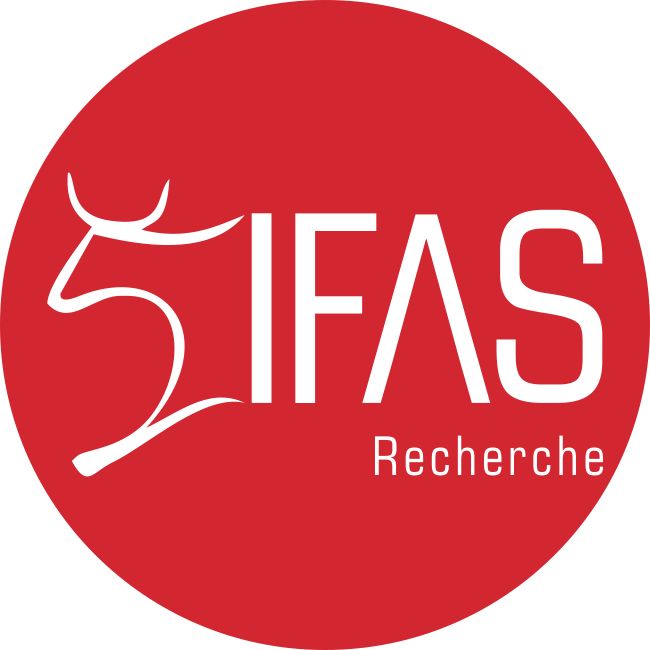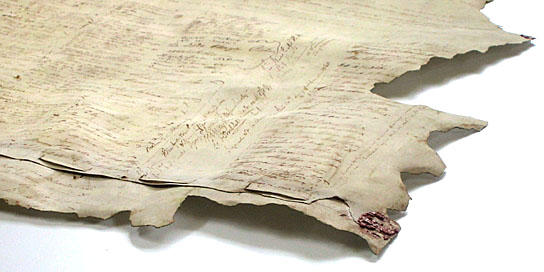The Arts and Crafts of Literacy
Manuscript Cultures in Muslim Sub-Saharan Africa
Book History Conference
5-6 September 2013
University of Cape Town
An International Conference convened by:
Dr Dmitry BONDAREV (Centre for the Study of Manuscript Cultures, University of Hamburg)
Dr Andrea BRIGAGLIA (CCI; Department of Religious Studies, UCT)
Prof Shamil JEPPIE (Tombouctou Manuscripts Project – HUMA, UCT)
Dr Mauro NOBILI (Department of Religious Studies/ Tombouctou Manuscripts Project – HUMA, UCT)
The conference features contributions by leading specialists in the field of Muslim manuscript cultures in sub-Saharan Africa. The papers cover different dimensions of manuscripts (materials, technologies, practices and communities involved in the production, commercialisation, circulation, preservation, and consumption) produced in sub-Saharan Africa, either in Arabic or in local languages written in the Arabic alphabet (ajami).
Africa has suffered, and still suffers, from many academic stereotypes. For a long time, it has been deprived of its past by the assumption that there was no history in Africa before the arrival of the Europeans (Hugh R. Trevor-Roper 1963). With the struggle for independence in the 1950s-1960s, historians – both local and foreign – undertook to return to Africa its past. However, they did it by developing an approach that was almost exclusively based on orality (Vansina 1964). During the last two decades, the (re-)discovery of thousands of manuscripts in different regions of the continent has compelled scholars to abandon the equation Africa = orality and legitimately assigned to the continent the status of a civilization of written literacy. This new interest is confirmed by recent publications such as the multi-volume encyclopaedic work The Arabic Literature of Africa (John O. Hunwick et al., 1995-).
Most of the existing studies mainly aim at serving literary and historical purposes, and focus only on the textual dimension of the manuscripts. However, the manuscript is not only ‘intellectual content’. In a recent essay in the collection The Trans-Saharan Book Trade: Manuscript Culture, Arabic Literacy and Intellectual History in Muslim Africa (Krätli & Lydon 2011), Graziano Krätli refers to the “dual nature [of the manuscript]… container and content, medium and message, at one and the same time. This is represented by the difference between embodied and embedded knowledge, the former pertaining specifically to the content – the object of embodiment –, while the latter involves more intimately the container as a material, technological, economic and cultural object”.
This conference accepts the challenge launched by Krätli, and aims at gathering contributions on the different dimensions of the manuscript, i.e. the materials, the technologies, the practices and the communities involved in the production, commercialization, circulation, preservation and consumption. In doing this, the conference follows in the path of the Tombouctou project, which has already built an extended network of collaborations in the continent and beyond, leading to relevant publications like The meanings of Timbuktu (Shamil Jeppie & Bashir Diagne 2008). The focus of the conference will be the Islamic manuscripts produced in sub-Saharan Africa, either in Arabic or in local languages written in the Arabic alphabet (‘ajami). With the term “Islamic”, the conference refers to manuscripts “that [were] the product of an intellectual tradition of Islamic learning… Such documentation, to be sure, was not always linked to religious matters. But to the extent that it was usually framed in the language, perspective and calendar of Islam, this knowledge can be qualified as ‘Islamic’ in nature” (Lydon 2004).
Programme:
5 September 2013
08:30-09:00 Greetings and introduction
Panel 1: West African manuscripts: the physical make-up
(Chair D. Bondarev)
- 09:00-09:40 Michaelle BIDDLE
Wesleyan University (Middletown)
Using watermarks to date sub-Saharan Islamic manuscripts - 09:40-10:20 Maimadu Barma MUTAI
University of Maiduguri (Maiduguri)
“Writing instruments in northern Nigerian manuscript culture” - 10:40-11:20 Mauro NOBILI
University of Cape Town
Script styles in West African manuscripts: a taxonomy - 11:20-12:00 Mahmoud Dadab HAMMOU
Scholar and calligrapher (Timbuktu)
The making of a calligrapher in twentieth-century Timbuktu
Panel 2: West African manuscripts and knowledge transmission
(Chair M. Nobili)
- 13:30-14:10 Shamil JEPPIE
University of Cape Town
To Be Confirmed - 14:10-14:50 Susana MOLINS LLITERAS
University of Cape Town
A preliminary appraisal of marginalia found on West African Manuscripts from the Timbuktu collections - 15:10-15:50 Salisu BALA
Ahmadu Bello University (Zaria)
“The Arewa House manuscript collection: a historical perspective” - 15:50-16:30 Shaheed MATHEE
University of Johannesburg
Letters and fatwās as a source of Timbuktu’s history from below: a paternity dispute
Friday 6 September
Panel 3: Ajami manuscripts in Sub-Saharan Africa (1)
(Chair S. Jeppie)
- 08:30-09:10 Keer VERSTEEGH
Radboud University Nijmegen
Language choice and Islamic learning in Arabic-Afrikaans - 09:10-09:50 Anna SIIM
Museum of Anthropology and Ethnography (St. Petersburg)
Afrikaans-Arabic Texts: Bigraphy and Bilinguism in Synchrony and Diachrony - 09:50-10:30 Xavier LUFFIN
Université Libre de Bruxelles
The Arabic and Swahili documents from Congo: Who were their scribes? - 10:50-11:30 Andreas WETTER
Humboldt University, (Berlin)
Islamic Literary Tradition in Wollo, North-eastern Ethiopia - 11:30-12:10 Adrien Delmas
IFAS, Johannesburg
Portuguese encounters with African written cultures in the 16th century
Panel 4: Ajami manuscripts in Sub-Saharan Africa (2)
(Chair A. Brigaglia)
- 14:10-14:50 Rudolph WARE
University of Wisconsin
Verse and Verso: The Back of the Qur’anic Lawh in Arabic and Wolofal Literacy Training. - 14:50-15:30 Tal TAMARI
CEMAF (Paris)
“Bamana texts in Arabic characters: Some leaves from Mali” - 15:50-16:30 Dmitry BONDAREV
CSMC University of Hamburg
Emergence of a dedicated ample spaced layout in annotated West African manuscripts (Kanem-Borno, Senegambia and Mali)

